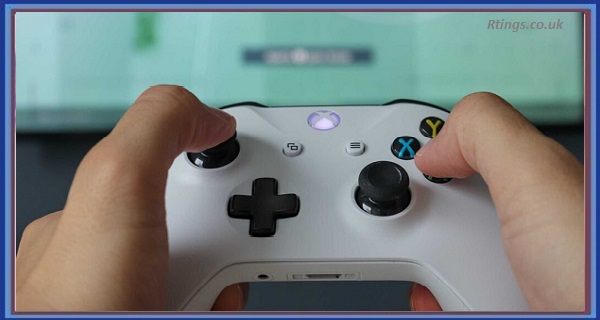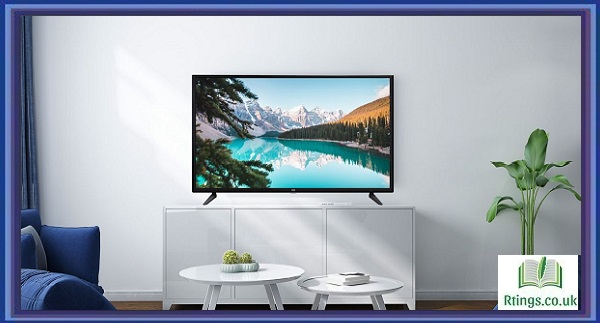Connecting Google Home to a TV without using Chromecast requires alternative methods that leverage the smart capabilities of your TV or third-party devices. As a smart speaker and hub, Google Home can still be used to control certain smart TVs, stream media, and perform other functions. This comprehensive guide will explore various ways to connect Google Home to your TV without Chromecast.
Smart TVs with Built-in Google Assistant
Many modern smart TVs come equipped with built-in Google Assistant support. This integration allows you to use your Google Home device to control your TV using voice commands. To set it up:
- Ensure your smart TV and Google Home device are connected to the same Wi-Fi network.
- On your TV, go to the settings and enable Google Assistant.
- On your Google Home app, link your smart TV by following the on-screen instructions.
- Once linked, you can use voice commands to control your TV, adjust the volume, change channels, and launch apps.
Using a Smart Hub or Set-Top Box
If your TV does not have built-in Google Assistant support, you can connect Google Home to your TV using a smart hub or set-top box with voice control capabilities. Various third-party devices in the market can act as a bridge between your Google Home and non-smart TV. Examples include Amazon Fire TV Cube, NVIDIA Shield TV, and Roku Ultra.
- Set up the smart hub or set-top box according to the manufacturer’s instructions.
- Link the device to your Google Home app.
- Use voice commands through your Google Home to control your TV and access media content on your non-smart TV.
Using HDMI CEC (Consumer Electronics Control)
HDMI CEC is a feature available on many modern TVs and devices, allowing for simplified control over connected HDMI devices. While less robust than full-fledged smart TV integration, HDMI CEC can enable basic control functionalities through Google Home.
- Ensure your TV and connected HDMI devices (such as a streaming device or Blu-ray player) support HDMI CEC.
- Connect your HDMI devices to the TV using HDMI cables.
- Enable HDMI CEC in your TV settings and give it a unique name for easy recognition.
- Add a new device in the Google Home app and set it up as a “custom device.”
- Assign specific voice commands to control the HDMI CEC-connected devices, such as turning on/off, changing inputs, and adjusting volume.
Using Infrared (IR) Blaster
If your TV lacks smart features or HDMI CEC support, you can still connect Google Home to your TV using an IR blaster. IR blasters emit infrared signals that replicate the function of a remote control.
- Purchase an IR blaster device that is compatible with Google Home.
- Set up the IR blaster according to the manufacturer’s instructions and link it to your Google Home app.
- Use voice commands through Google Home to control your TV by sending IR signals to your TV, mimicking remote control functions.
Using a Media Streaming Device with Google Assistant Support
Consider using media streaming devices like NVIDIA Shield TV or Android TV with built-in Google Assistant support. These devices offer media streaming capabilities and enable you to control your TV through Google Home.
- Set up the media streaming device and link it to your Google Home app.
- Use voice commands via Google Home to control your TV, access content, and perform other functions through the media streaming device.
Conclusion
While Chromecast offers seamless integration between Google Home and TVs, alternative methods exist to connect Google Home to your TV without Chromecast. You can enjoy voice-controlled functionalities and media streaming on your non-smart TV by using smart TVs with built-in Google Assistant, smart hubs or set-top boxes, HDMI CEC, IR blasters, or media streaming with Google Assistant support. Choose the method best suits your TV and device compatibility, and expand your smart home experience with Google Home.
Frequently Asked Questions (FAQs)
Can I connect Google Home to my TV without using Chromecast?
You can connect Google Home to your TV without using Chromecast through alternative methods. If your smart TV has built-in Google Assistant support, you can link it to your Google Home device and control it using voice commands.
Alternatively, you can use a smart hub or set-top box with voice control capabilities, like Amazon Fire TV Cube or Roku Ultra, to bridge the connection between Google Home and your non-smart TV.
If your TV supports HDMI CEC (Consumer Electronics Control), you can enable basic control functionalities through Google Home by setting up HDMI CEC on your TV and connected HDMI devices.
Another option is using an IR blaster, which emits infrared signals to replicate remote control functions on your TV. With this setup, you can control your TV via voice commands through Google Home.
While Chromecast provides seamless integration, these alternative methods offer ways to enjoy voice-controlled functionalities and media streaming on your TV with Google Home.
How can I connect my smartphone to my Smart TV?
You can connect your smartphone to your Smart TV through several methods. The most common way is using wireless technologies like screen mirroring or casting. For Android smartphones, Google Cast (Chromecast) allows you to cast content to your Smart TV. AirPlay can mirror the screen or stream media for iPhones to compatible Smart TVs or Apple TVs.
Alternatively, many Smart TVs have built-in screen mirroring options for Android and iOS devices. Ensure your smartphone and Smart TV are connected to the same Wi-Fi network and follow the device-specific instructions to enable screen mirroring.
Lastly, some Smart TVs support mobile apps that allow you to control the TV, access content, and stream media from your smartphone using your home Wi-Fi network.
Can I connect my laptop to a Smart TV?
You can connect your laptop to a Smart TV using various methods. The most common way is through HDMI, where you connect one end of an HDMI cable to your laptop’s HDMI port and the other to the TV’s HDMI port. This allows you to mirror your laptop’s screen on the Smart TV and enjoy content on a larger display.
Additionally, some Smart TVs support wireless screen mirroring technologies like Miracast (for Windows laptops) or AirPlay (for Mac laptops). Ensure your laptop and Smart TV are on the same Wi-Fi network, and follow the TV’s instructions to enable screen mirroring.
Lastly, some Smart TVs have built-in apps or support streaming devices like Chromecast or Roku, allowing you to wirelessly cast content from your laptop to the TV. These methods offer flexibility in connecting your laptop to a Smart TV for a more immersive viewing experience.






